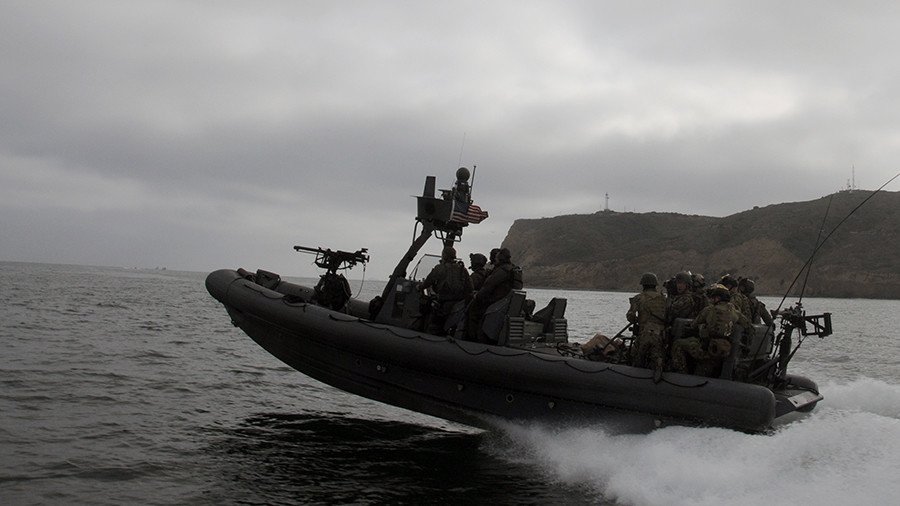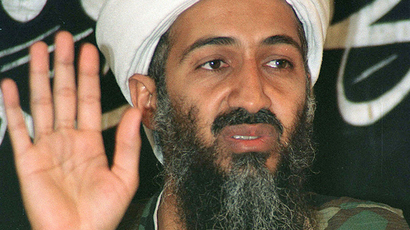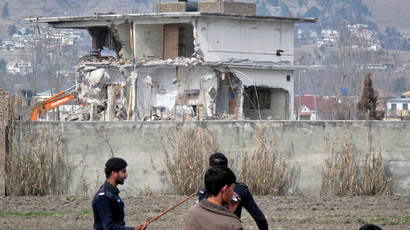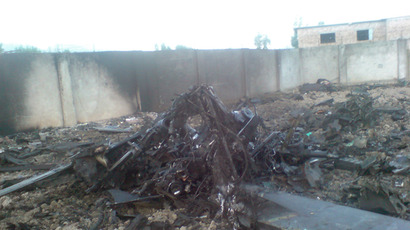Green Beret death prompts probe of SEAL Team 6, unit that took out Osama bin Laden

The death of Army Staff Sergeant Logan Melgar, allegedly at the hands of his colleagues, prompted a deep probe of SEAL Team 6, the special unit that killed Osama bin Laden.
Melgar was killed in Bamako, Mali, where he was part of an anti-terrorism team. SEAL Team 6, the famed special fighting force that was responsible for taking out Al-Qaeda leader Osama bin Laden on the Pakistan-Afghan border in May 2011, has become the subject of a comprehensive military audit and investigation, sources told the Intercept.
The probe was initiated following a criminal investigation of SEAL Team 6 members Anthony DeDolph and Adam Matthews, prime suspects in the murder of Melgar, 34, who was staff sergeant of the 3rd Special Forces Group and shared embassy housing with the two SEAL commandos. As the story goes, in the course of an argument, DeDolph, a former martial arts competitor, placed Melgar in a deadly chokehold, causing the victim to become unconscious.
DeDolph and Matthews reportedly took Melgar to a medical clinic when efforts to revive him failed. Melgar was pronounced dead upon arrival.
As far as a possible motive for the murder, anonymous sources told the New York Times that Melgar may have suspected DeDolph and Matthews of stealing from military funds used for paying informants.
“An American service member who knew Sergeant Melgar said he was under the impression that the sergeant had stumbled on some sort of money-skimming scheme involving the Navy commandos,” the Times reported. “A retired senior enlisted sailor who served in SEAL Team 6 said Sergeant Melgar discovered the scheme and threatened to report the Navy commandos to the authorities.”
The Times, citing interviews with troops and their families, speculated whether Melgar’s death was due to “a personal dispute among housemates gone horribly wrong to whether Sergeant Melgar had stumbled upon some illicit activity the SEALs were involved in, and they silenced him.”
Whatever the case may be, SEAL Team 6 has been embroiled in its fair share of scandals ever since May 2, 2011, when the special unit killed Osama bin Laden at his compound in Abbottabad, Pakistan.
Following the highly publicized operation, a number of questions began swirling about bin Laden’s killing. For example, why didn’t the SEAL members try to take the Al-Qaeda chief alive, considering the treasure trove of information he could have provided? Also, why did SEAL Team 6 bury bin Laden’s body at sea, as reported, since such a burial was at odds with Islamic tradition?
In any case, the trials and tribulations of the legendary kill team did not end at bin Laden’s cave.
On August 6, 2011, 25 members of SEAL Team 6 perished when their helicopter went down during a military operation on the outskirts of Kabul, Afghanistan.
The tragedy marked the single greatest loss of life for the US-led coalition in Afghanistan since the war began in 2001.
















